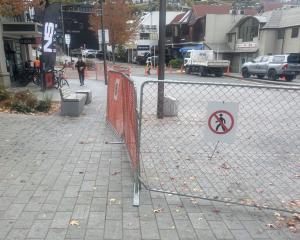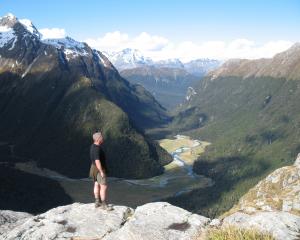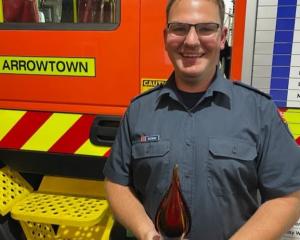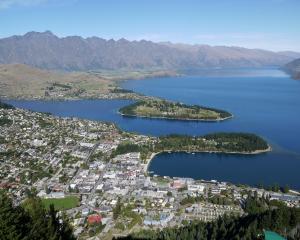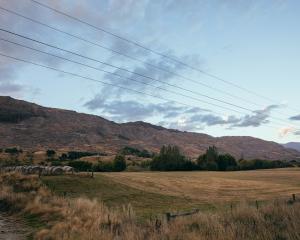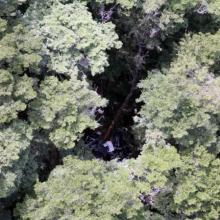
The Robinson Helicopter Company, however, is blaming pilot error, and the Civil Aviation Authority (CAA) says it does not plan further action despite the helicopter type being involved in many unexplained crashes.
In a report released yesterday, the Transport Accident Investigation Commission (TAIC) identified "mast bumping", which caused the rotor blade to hit the cabin, as the cause of a crash that killed Stephen Anthony Nicholson Combe (42), of Wanaka, and James Louis Patterson Gardner (18), of Queenstown.
The men were killed when the helicopter they were in crashed in the Lochy River basin in the Eyre Mountains, southwest of Queenstown.
The Robinson R44, operated by Queenstown company Over the Top, crashed on February 19 last year.
The commission said there had been "many other fatal mast bump accidents involving Robinson helicopters in New Zealand and around the world that have gone largely unexplained".
"It is difficult to identify the lessons from an accident and make meaningful recommendations ... if the underlying causes cannot be determined.
"This is a serious safety issue that the industry, including pilots, operators, the manufacturer and the regulator, will need to address."
Both Over the Top and the families of the men who died have laid the blame squarely on the helicopter.
A joint statement from the families said they "firmly believe that had Steve and James been in any other aircraft type, the accident would not have occurred".
"Our families are traumatised and have paid the ultimate price. We do not want other families to suffer this, too."
Over the Top said the aircraft was a properly maintained R44 that had been used as part of its commercial fleet.
"Over The Top has no intention to use Robinson aircraft again for any future operation."
A spokeswoman for the Robinson Helicopter Company responded to queries from the Otago Daily Times with a short email that said the company believed the "tragic accident was a preventable pilot error accident involving low-G [gravity] mast bumping".
A CAA spokeswoman said it was not appropriate for the authority to respond directly to the personal views expressed by the families.
But during 2014 and early 2015, the CAA reviewed Robinson helicopter training in New Zealand, as recommended by the TAIC.
"That included consultation with affected industry, comparison with other countries, and discussions with the Robinson company. As a result, new training requirements ... became mandatory from July 1 last year."
Asked if that meant no further action would be taken, she said "the new training conditions were probably the major changes and they resulted from a spike in accidents involving these types of helicopters".
As a result of the latest investigation, the CAA would look at recording devices for certain classes of helicopters.
The report said mast bumping was typically caused by one or a combination of factors.
These were: low main rotor revolutions per minute; the helicopter entering a low-gravity condition; turbulence; or the pilot making large and abrupt movements.
The commission could not conclusively determine what caused it.
There could have been light to moderate turbulence, but that should not on its own have caused it.
The commission had recommended to the secretary for transport and given notice to the director of the CAA to promote the need for cockpit video recorders and/or other forms of data capture in certain classes of helicopter.
"The key lesson arising from this inquiry is that helicopter pilots must be fully aware that a condition of low gravity can result in a rapid right roll, mast bumping and in-flight break-up before even the most experienced pilot can react and recover the situation."

